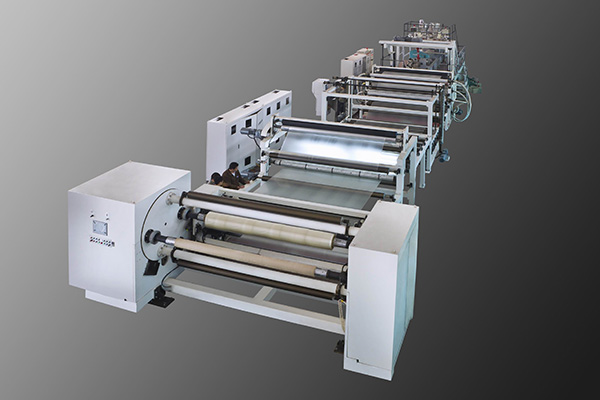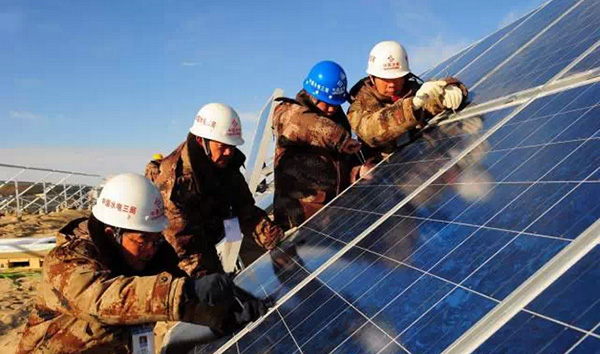
The global photovoltaic industry has opened a new round of business cycle, China, Japan and the United States photovoltaic market rapid warming to promote this cycle, the continuous progress of photovoltaic technology to promote the degree of segmentation of the photovoltaic market continues to increase, in addition to the ground power station, distributed and other traditional photovoltaic power generation applications, photovoltaic technology and civilian products began to show vitality. In this paper, the characteristics of EVA and PVB raw materials of photovoltaic modules are compared and analyzed, and the process characteristics are analyzed.
EVA film has obvious advantages in the field of solar cell packaging
The packaging and bonding materials used in the crystalline silicon solar cell industry are adhesives. Before the 1980s, liquid silicone resin and polyvinyl butyral resin sheet (PVB) were tried at home and abroad, but they were eliminated because of high price, harsh construction conditions and poor physical properties.
Since the 1980s, foreign countries began to develop EVA film, it is a hot-melt adhesive film, non-adhesive at room temperature and anti-adhesion, after certain conditions of hot pressing will occur melt bonding and cross-linking curing. Satisfactory results have been obtained in solar cell packaging and outdoor use.
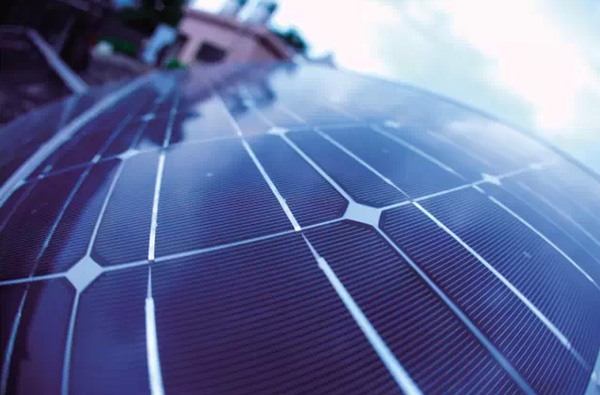
EVA (Ethylene Vinyl Acetate) Eva (ethylene vinyl acetate)
EVA is a hot melt adhesive, that is, at room temperature, EVA is solid, no viscosity, poor light transmission. When EVA is heated to a certain temperature, EVA will melt and bond to the object in contact with it. EVA for solar cell packaging is a specially designed thermosetting hot melt adhesive, that is, a cross-linking reaction occurs while heating and melting.
When the temperature is low, the speed of the cross-linking reaction is very slow, and the time required to complete the curing is longer, and the time required is shorter. Therefore, it is necessary to choose the appropriate lamination temperature to obtain the fluidity of EVA in melting and the solidification reaction occurs at the same time. As the reaction progresses, the degree of crosslinking increases, and EVA loses its fluidity, playing the role of encapsulation.
The performance at temperature is:
Melting temperature (70-80℃). At this time, EVA is heated and melted, and the fluidity is good, which is a good time to vacuum.
At curing temperature. At this time, the crosslinking agent contained in EVA produces free radicals, cross-linking occurs between EVA molecules, resulting in a three-dimensional network structure, poor fluidity, and higher viscosity. This temperature is suitable for laminating the components, making them more tightly structured and more bonded to the glass and backplane.
Greater than the curing temperature. At this time, the crosslinking agent decomposes the gas, which is easy to make the component produce bubbles, and the EVA crosslinking degree decreases, which is easy to vulcanize and turn yellow, resulting in contraction.
PVB (Poly vinyl butyral: polyvinyl butyral)
In 1935, American scientists invented a polymer material that can be sandwicle between two layers of ordinary glass - polyvinyl butyral, the English name is POLYVINLBUTARAL, abbreviated as PVB.
It is a polymer formed by the condensation reaction of the polymer polyvinyl alcohol and butyraldehyde, and the final polymer has a vinyl alcohol group of nearly 23% by weight. This polyvinyl butyric aldehyde plus a special plasticizer (usually triethylene glycol ester) plasticized, through the extruder system and the correct thickness control to form a continuous 0.38 ~ 1.52mm thick film.
Difference between the two
1. Application field
EVA is mainly used for the packaging of crystalline silicon batteries, and a small number of films are also used, mainly to protect the battery and closely fit the battery sheet to the cover glass. At present, the products used in the market are the most well-known Dupont Tedlar, but there are also many other international manufacturers in the production of various products, such as 3M, and there are several domestic manufacturers that can be used for solar energy, such as Foster, Swecker, Haiyouwei, etc.;
PVB is currently mainly used in thin film batteries, double glass components, building integration (BIPV) and other fields, production enterprises and product models are less, currently Dupont, Kuraray and so on, there are also individual domestic enterprises are trying to produce, such as Xinfu Pharmaceutical.
2. Laminating process.
PVB and EVA have different temperature requirements. EVA thermoplasticity is good, the equipment requirements are not as high as PVB. PVB has high requirements for temperature (about 155 ° C), and the requirements for laminating machines are relatively high.
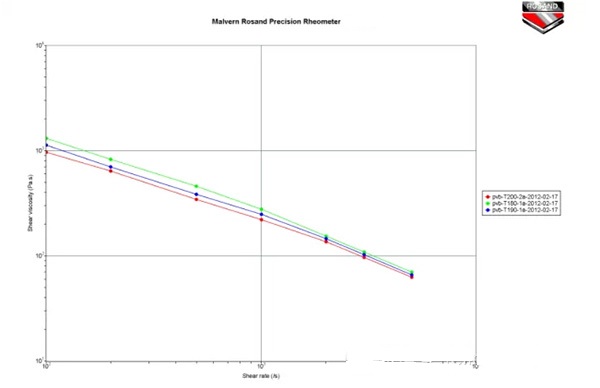
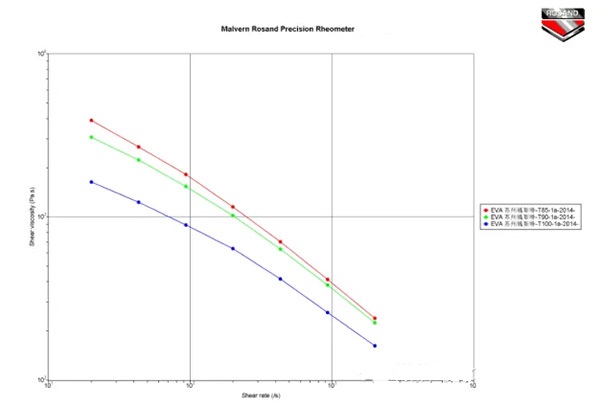
PVB is a building material, the gas barrier performance is very good, and the bond performance is very good, and the weather resistance is much better. The disadvantage is that the barrier performance of water vapor is too poor, which is unacceptable for solar cells. And too soft to handle. The price is also more than three times that of EVA.
Fully support your product development
EVA and PVB are both hot melt film, are mature products, each has its advantages and disadvantages, applied in different fields. The trend of the packaging of crystalline silicon solar modules is to use EVA, which has excellent performance and affordable price, and is favored by many component manufacturers. PVB is well suited for use in dual-glass components and thin-film battery components, as well as in building integration, where the position of PVB is irreplaceable.
According to the characteristics of different raw materials, we have been starting from the source of innovation, product design, by absorbing foreign cutting-edge technology, the characteristics of plastic raw materials analysis and interpretation, design to meet the actual needs of PVB and EVA film production lines. Especially for the development of new materials, we provide customized solutions to help customers achieve product upgrading and transformation in the shortest process.
Suzhou Jinwell Machinery Co., LTD. EVA film production line and PVB film production line equipment with its stable, efficient and fast automatic system device, unique design and processing process, the correct control of product film thickness, thermal shrinkage rate, to ensure the durability of silicon wafers and components, photoelectric conversion efficiency.
2300mm EVA solar film production line 4000mm PVB film production line
